How would you define varietal / fermentative aromas?
Varietal aromas, sometimes called primary aromas, come from aromatic compounds present in the grapes. These aromas are generally typical of specific grape varieties (thiols in Sauvignon Blanc, Colombard, Petit & Gros Manseng, terpenes in Muscat and Gewürztraminer..).
On the other hand, fermentative aromas – also known as secondary aromas – are mainly produced by yeasts during the alcoholic fermentation and can be found in all types of wines. The most common fermentative aromas are esters – like isoamyl acetate responsible for banana flavor – and higher alcohols like 2-phenylethanol characterized by rose notes.
What is the influence of yeast on the aromatic profile of the wine?
On the aromatic profile of the wine, yeasts have a tremendous impact on the wine aromatic expression: in addition to their direct effect on fermentative aromas, they indirectly take part to the expression of varietal aromas by producing enzymes that will transform aromatic precursors from the grapes into actual aromas in the wine.
Let’s take the example of the 3 main thiols found in wines: 4MMP (grass/box tree like aroma), 3MH (citrusy aromas) and 3MHA (exotic fruits aromas). These molecules are all blinded with cysteine or glutathione within the grapes, which makes them odorless. The action of the yeast is required to remove the cysteine/glutathione part and release expressive thiols in the wine.
I REALLY ENJOY WORKING ON WINE AROMATIC EXPRESSION AS THERE IS ALWAYS A LOT TO LEARN ON THESE ASPECTS.
What type of aromatic profile do the winemakers favor today?
Today we can’t really define a preferred aromatic profile by producers I would say that it depends on the terroir potential and the consumer market targeted by the winemaker.On one hand, fermentative profiles are still popular for easy-to-drink, quick-release wines. In France, producers of Beaujolais Gamay Primeurs or Languedoc Chardonnays are typically looking for fermentative profiles.
Benefits: they can be achieved with any grape variety, even at high yields.
Limitation: their expression tends to decrease after a few months in bottle.
On the other hand, varietal profiles are more and more trendy especially thiolic profiles in premium White and Rosé wines. For example, producers of Sauvignon Blanc in Loire Valley or Rosé wines in Provence are particularly interested in thiolic profiles. Without forgetting the Rhein Valley, where German producers have a strong interest in terpenic expression for their Gewürztraminer and Riesling.
Benefits: varietal profiles bring fresh and complex notes to the wine
Limitation: they require specific grape varieties and are sensitive to oxidation.
How do you help winemakers optimizing aromatic expression in their wines?
We have led a great number of trials for the past 10 years to finely characterize each Fermentis yeast strain, both in experimental and field conditions.These trials have shown that some yeast strains like CK S102 or NDA 21 release more thiols and esters than other strains in the same conditions. We were also surprised to see that BC S103 could produce a lot of esters, though we had always considered this strain as a neutral S.bayanus. This is maybe one of the reasons why it is so popular on Languedoc whites. Based on these results, our R&D manager built a decision-making table to help winemakers picking the right strain depending on their aromatic objective.
In parallel, we worked on protocols adapted to specific types of wine (“fresh and fruity Sauvignon Blanc”, “Barrel fermented Chardonnay”..) with guidelines regarding the yeast strain choice, temperature and yeast nutrition management.Indeed, several trials and studies show that the temperature deeply impacts the aromatic profile. If you want to maximize thiolic expression in whites and rosés, I would recommend starting the fermentation at rather high temperature (18 – 20°C for 3-4 days) to promote 3MH and then cool down to 14 – 15°C to help conversion into 3MHAc. If you want to maximize ester production, I advise starting directly the fermentation at a low temperature (14 – 16°C). In the case of Rosés, you can also play with clarification level to promote thiols or esters.
We also try to help our customers with the yeast nutrition management, which is often neglected by winemakers yet so crucial for the aromatic profile of their wines. Depending on the level of assimilable nitrogen in their must and the requirements of yeast strain they select, we can suggest a nitrogen addition program with the best addition times to optimize thiols or ester expression. We can provide our customers with advices regarding the best compromise between mineral and organic nitrogen, knowing that organic nitrogen (yeast autolysates) is beneficial to the production of esters.It is important to mention that volatile esters and thiols both take part to the organoleptic profile of the wine, and some blind tasting studies suggest that the preferred aromatic profiles depend on the ratio ester/thiols. So between varietal and fermentative profiles, it’s all about finding the right balance. As many things it is not black or white, rather grey.
Personally, I really enjoy working on wine aromatic expression as there is always a lot to learn on these aspects. It is much more complex than bringing a fermentation to the end: so many parameters can interfere (climate, grape variety, yeast, nutrition, process..) that it is impossible to predict exactly the aromatic result. The best way to learn is to try in controlled winemaking conditions and taste without any preconceived idea. I have been surprised more than once: wine keeps you humble!


